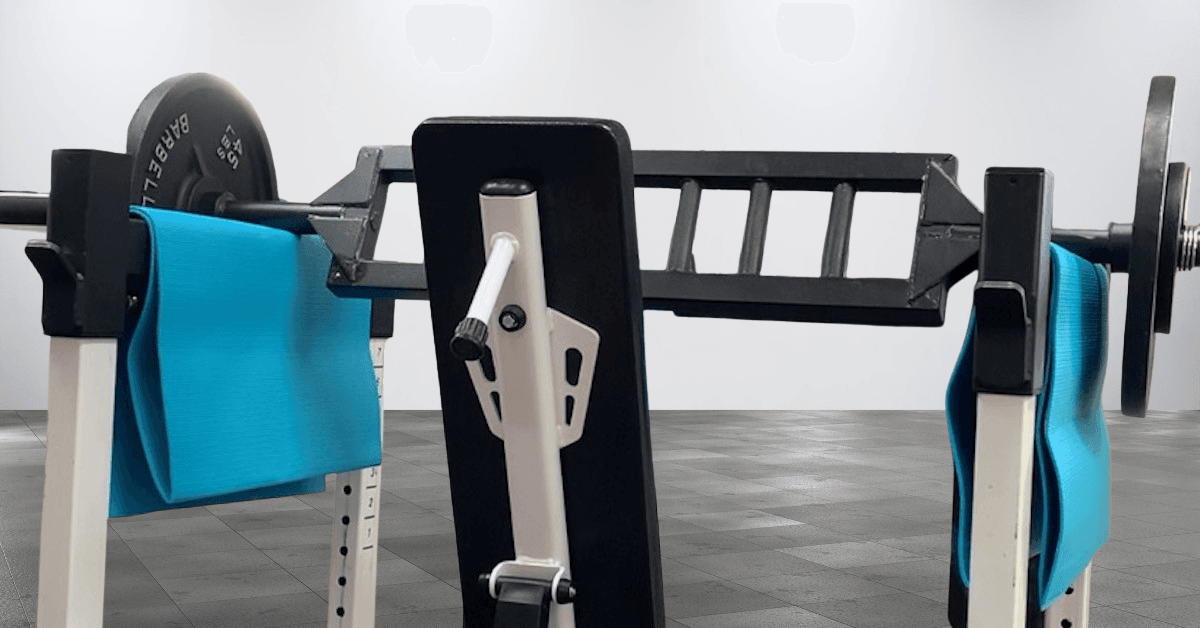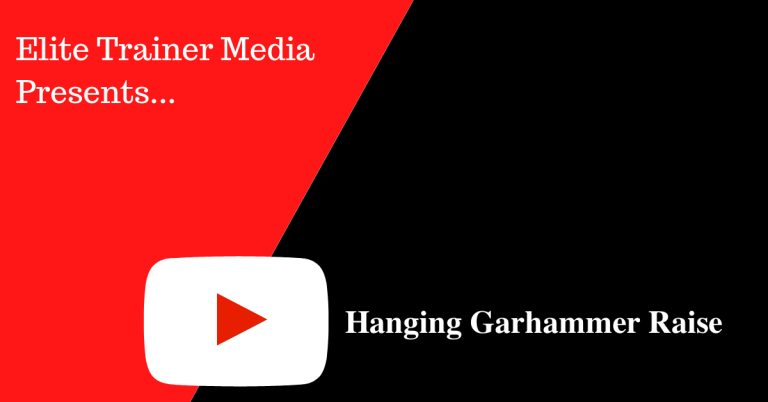Q: I’m confused about the best way to do cardio for fat loss. One book says to keep the intensity low (no more than 60% of max heart rate) and go for distance, while another says to use high intensity (80% or more) and go as long and hard as possible. Both arguments sound convincing. Which one is right?
A: The high-intensity approach is far more effective for fat loss in the long run. Here’s why.
At lower intensities, your body primarily uses fat for fuel. While this sounds ideal, your body eventually adapts by storing more fat—especially in the lower body—to become more efficient at that type of activity. I explain this concept further in this video:
Although a higher relative percentage of fat is burned during low-intensity cardio, a greater absolute amount is burned with high-intensity cardio—and in less time.
The Afterburn Effect
High-intensity cardio creates a powerful metabolic effect known as excess post-exercise oxygen consumption (EPOC), or the “afterburn” effect. This means your metabolism stays elevated long after your workout ends, leading to increased fat burning throughout the day.
Lactic Acid & Growth Hormone
High-intensity cardio also produces greater amounts of lactic acid, which has a direct correlation with growth hormone—one of the most potent fat-burning hormones in the body. The more lactic acid you produce, the more growth hormone you release, and ultimately, the more fat you burn.
Bottom Line
If your goal is fat loss, focus on high-intensity cardio in the form of interval training for the best results. See page 126 of The Elite Trainer for a detailed breakdown of how to incorporate interval training into a body composition program.

The Elite Trainer: Strength Training for the Serious Professional
The Elite Trainer is a synthesis of the very latest thinking in strength training and a comprehensive guide to developing individualized programs for your clients.
Intensity, volume, density, repetitions, sets, tempo, time under tension, rest interval, exercise selection and sequence, load selection, duration, and frequency are all covered in detail in easy-to-understand language. Whether you are a seasoned professional or a beginner, The Elite Trainer provides a wealth of information you can put to use immediately.

The 70-Degree Incline Swiss Bar Press: A Safer Way to Build Strength
Using a neutral grip with a Swiss bar or log is a shoulder-friendly way to perform overhead presses. However, these

A New Way to Handle Rope Pressdowns
Looking to enhance your triceps workouts? I recently had the opportunity to try out an Ergonomic Rope Attachment. Let’s explore the

Hanging Garhammer Raise
Elevate your core workout with the Hanging Garhammer Raise. Great for targeting the lower abdominal region, this exercise heightens activation
follow
Error: No feed with the ID 2 found.
Please go to the Instagram Feed settings page to create a feed.
